(Bar le Duc 1868 - Paris 1954)
Rue de l'Harmonie - Périgueux
Watercolor
H. 33 cm; L. 24 cm at sight
Signed lower right, dated 1942
Lorraine artist, Alfred Hoën first trained on his territory before joining Paris and the School of Decorative Arts, then that of Fine Arts by entering the workshop of Jean-Léon Gérôme. His arrival in the capital in 1890 will allow him to experience success in a wide variety of genres, ranging from portraits to landscapes, including genre scenes and still lifes. This in oil or watercolor. He made a stay in the United States at the end of the Great War which seems to have lasted many years. Possibly until the declaration of the following war in 1939. During this war, Hoën went into hiding like many people from Lorraine and Alsace, in Périgueux. He will produce many views and scenes of life that the Périgords know. It would seem that a very large part of his workshop remained in Périgueux with the family that welcomed him. An auction with dozens of works took place in the 2000s. These are compositions in soft hues, full of charm, that Alfred Hoën mainly composes on the motif, leaving in his watercolors the imprint of his period. of creation between the tones and the semi-tones that he lets transpire.
For those who knew the Rues Neuves district when it still existed in its entirety, this view should hold no secrets. But the Périgordins of today can still see it perfectly since the rue de l'Harmonie was not part of the destruction plan of the 1960s. However, this axis is not the most usual. We often know the opposite with the house with the 16th century turret located just opposite the large terrace of the cloister of Saint Front. This house and its tower is the main building of the composition, today listed as a Historic Monument.


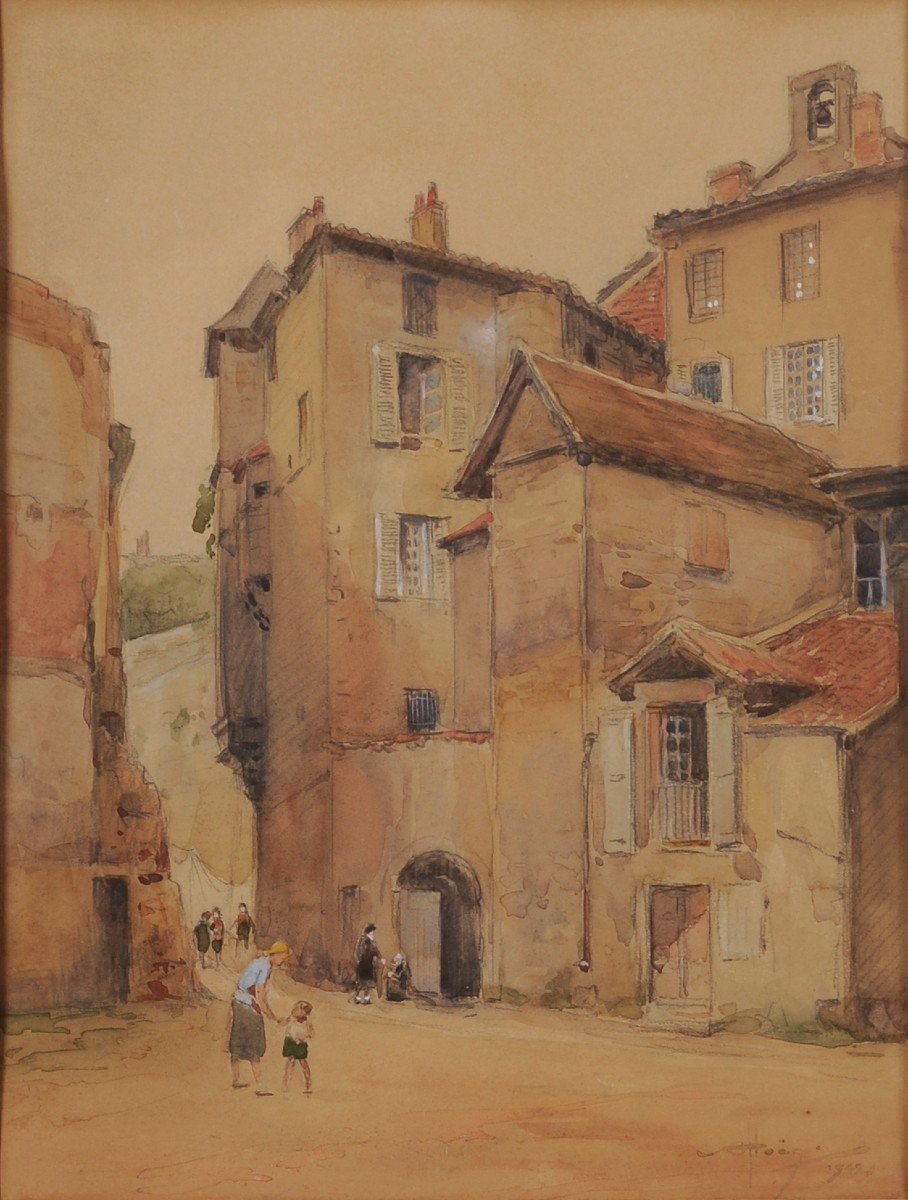
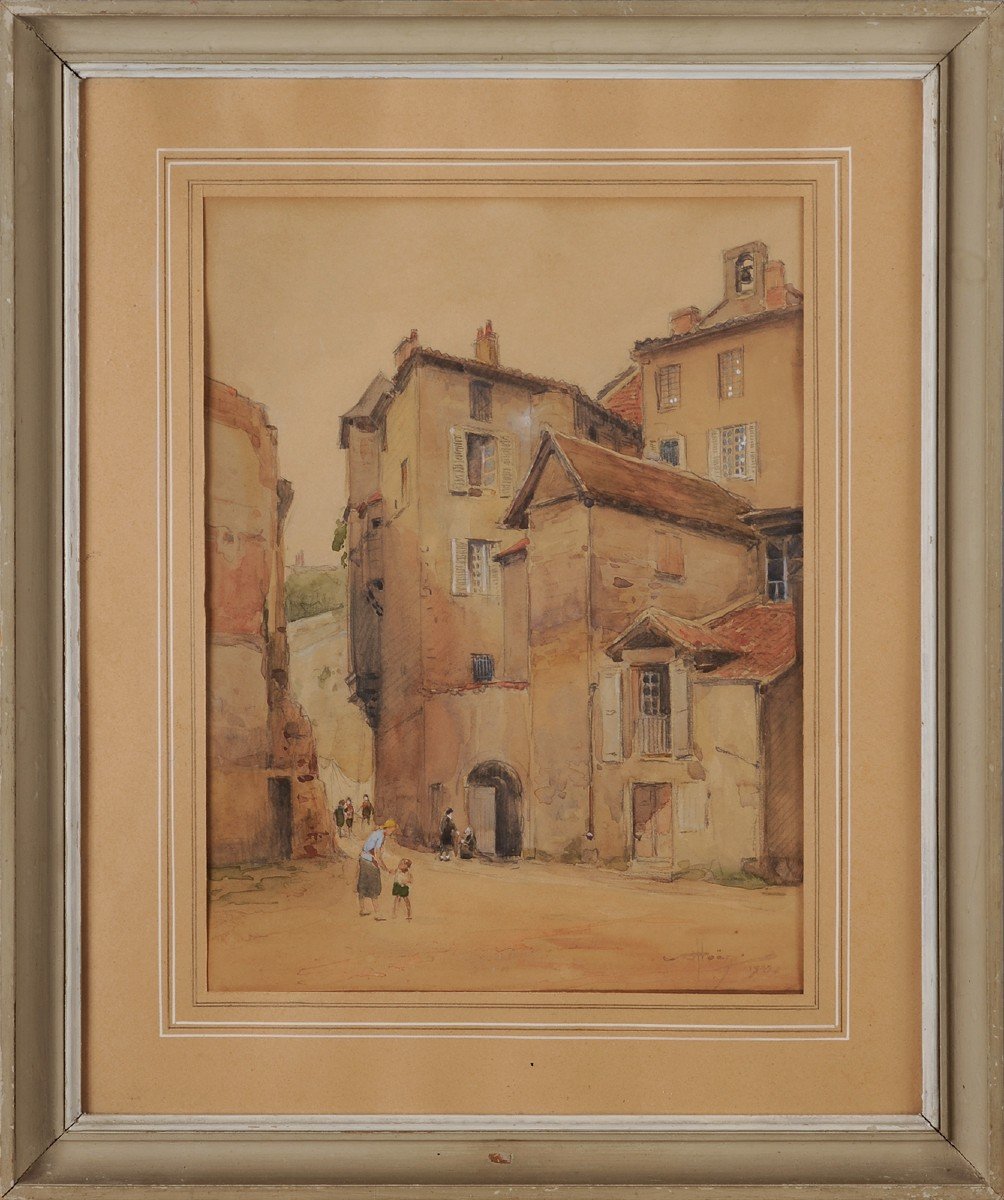


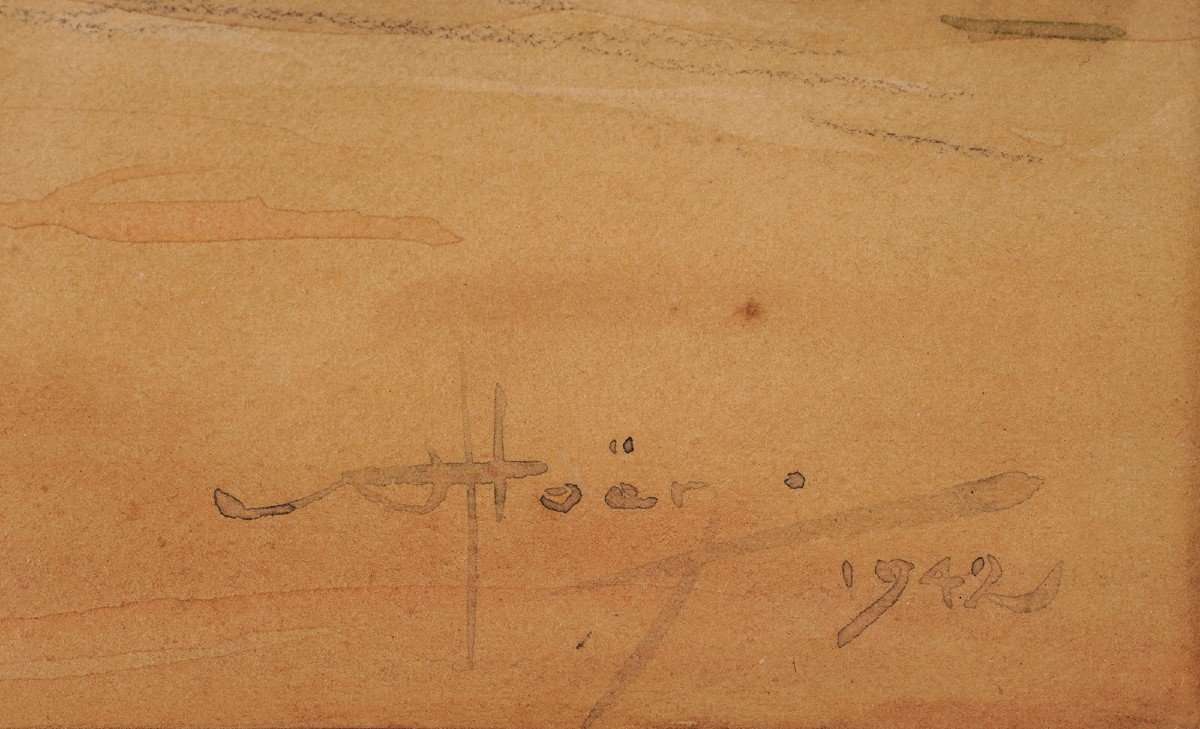
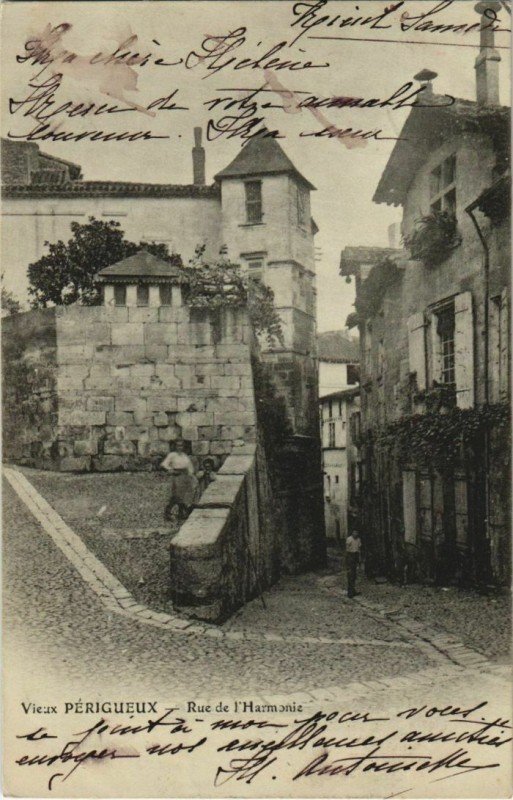








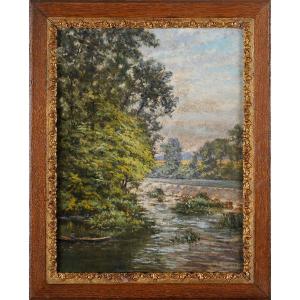
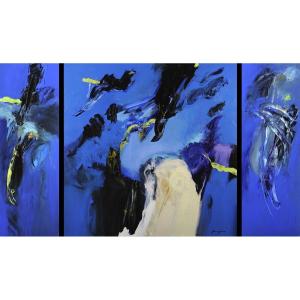



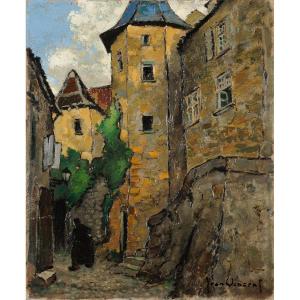



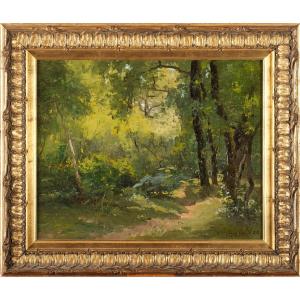
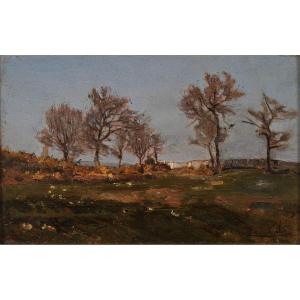
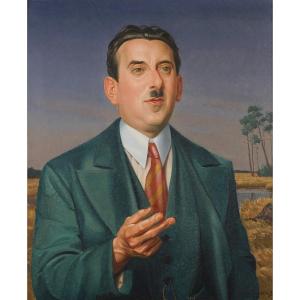
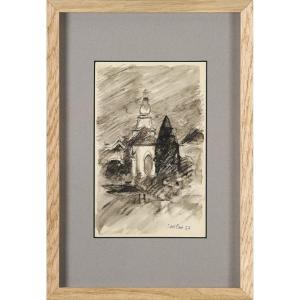


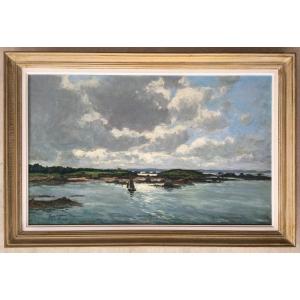

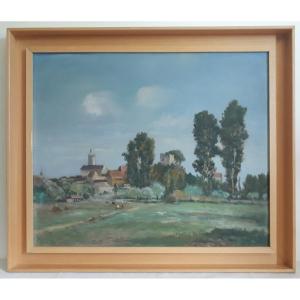




 Le Magazine de PROANTIC
Le Magazine de PROANTIC TRÉSORS Magazine
TRÉSORS Magazine Rivista Artiquariato
Rivista Artiquariato